Here I write about the remarkable phenomenon of nitrogen fixing plants, and explain how you can benefit from them in gardening and landscaping. Nitrogen fixers are an important part of natural ecosystems, and an integral component of my recommend best practices for sustainable landscaping.
Nitrogen fixers are plants that have the ability to take atmospheric nitrogen and convert it into forms usable by plants and animals.
Here I will show you how you can use these plants to fertilize your garden in a natural and organic way (free of synthetic chemicals), enriching your soil without the need for applying fertilizers.


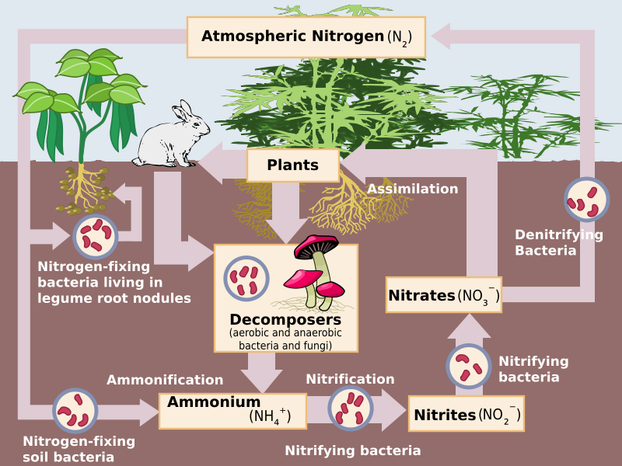
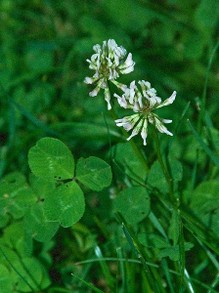
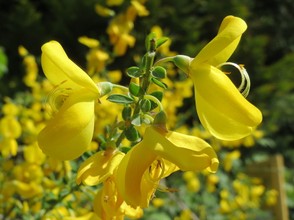
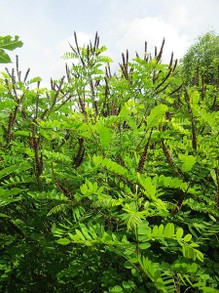
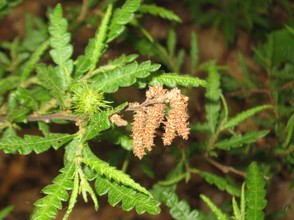
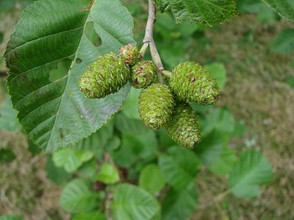
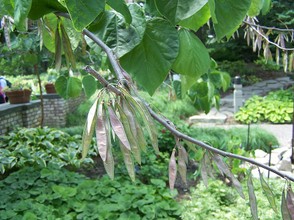
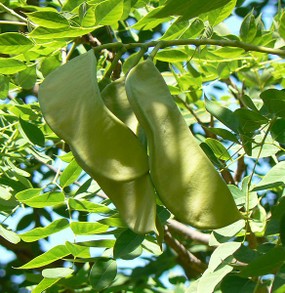




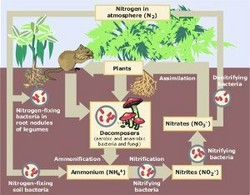

 The Shaming of Femininity and Elevation of Masculinityon 07/13/2017
The Shaming of Femininity and Elevation of Masculinityon 07/13/2017
 What is Genderqueer or Non-Binary Gender?on 10/16/2015
What is Genderqueer or Non-Binary Gender?on 10/16/2015
 Resources for Learning Spanish Free Onlineon 04/13/2016
Resources for Learning Spanish Free Onlineon 04/13/2016
 Ways Native Plants Can Help Control Invasive Plantson 05/26/2016
Ways Native Plants Can Help Control Invasive Plantson 05/26/2016
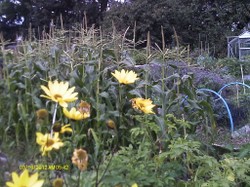
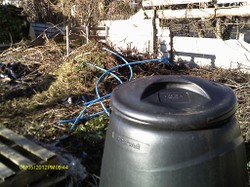
Questions? Comments? Feedback?
Composting cuttings and any yard waste is also a good idea. And tining is a good idea if you have compacted soil that needs aeration!
I also don't use any synthetic fertilizer. I do drink a lot of tea, though, and I compost the leaves. In some past gardens, I've created a full-on compost heap, which has been awesome.
There are also some very showy legume flowers too, like lupines, false indigo, and many others.
I don't use chemicals anywhere in my yard or garden, and I knew that peas and beans were good to use as compost. Occasionally I have clover plants and now I will know that they are useful as well as attractive.
I have not much grass, but the cuttings from mowing the allotment verges is sent to my compost heap. mixed with more woody material it provides a good nutrient source.Another idea for your ground is tining. This involves spiking the soil with a fork so that air and therefore oxygen and nitrogen can enter the higher levels. The oxygen feeds the roots and the nitrogen feeds the nitrogen-producing bacteria.